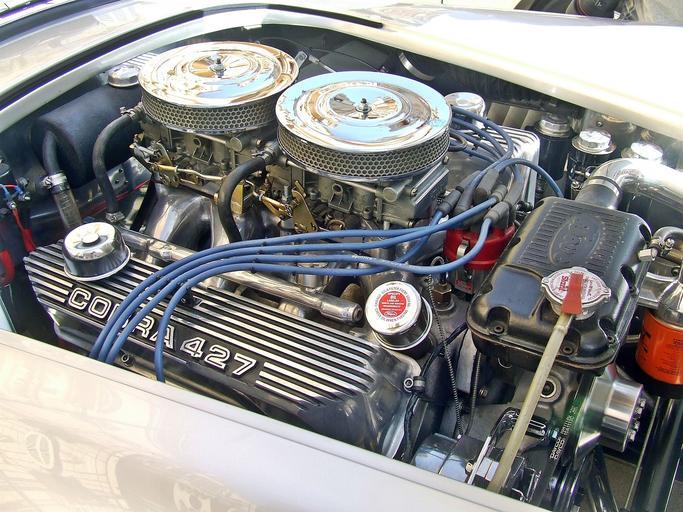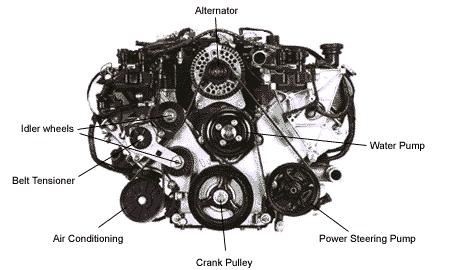Summary
Damper pulley: Description and characteristics
Damper pulley: maintenance
The motor drives the accessory belt via the damper pulley. What is its role in the engine? In what situations should it be maintained or even replaced, and at what cost? You will find the answers to all these questions in this post!
Damper pulley: Description and characteristics

The damper pulley is a drive pulley placed on the engine after and in the engine crankshaft’s timing pinion axis.
It consists of the following to facilitate the transmission:
-
- a hub, attached to the crankshaft by a bore, a key (often), and a nut or screw.
-
- a peripheral part, forming the pulley cavity (in most cases, the cavities are grooved with 3 to 7 folds longitudinally) and receiving the accessory belt, an asynchronous belt allowing the engine to drive various ancillary components (alternator, water pump, steering pump, air conditioning compressor, etc.).
These two parts are separated and connected by a polymer plastic ring.
The damper pulley has two complementary functions: as a standard pulley, it transmits the motor’s rotational movement through the accessory belt.
It also smoothes out transmission jolts: as the combustion engine provides cyclic forces and the driven parts oppose forces that are too irregular (for example, variable alternator resistance depending on the electrical current to be delivered), the hub and the pulley part attenuate this phenomenon by shifting in rotation; it is the elastic intermediate part that ensures this movement, avoiding excessive belt forces and flutter.
Maintenance of the damper pulley

No maintenance is necessary; however, it is essential to check it regularly, especially the elastic part’s condition (absence of cracks and play).
It is also advisable to replace it when changing the timing belt.
Symptoms
It is necessary to be vigilant to some signs that can alert you, especially since the destruction of the elastic part and the accessory belt produces rubbery residues that can penetrate the distribution and break the engine (quite frequent):
-
- persistent vibration noises ;
-
- squeals when starting the engine or when the auxiliary functions (load, air conditioning, steering assistance, etc.) are activated;
-
- ignition of the alternator charging light, air conditioning, steering or engine heater failure (if the accessory belt drives the water pump). If the pulley slips on its hub, these parts are no longer moved.
Replacement
The method can be problematic if the damper pulley is seized on the crankshaft: an appropriate extractor must be used.
Note: It is recommended to change the accessory belt with the damper pulley.
Ensure that the timing sprocket remains in place when removing the pulley to avoid a timing belt misalignment.
Also, always check whether particles from the pulley or belt have penetrated the belt drive; if this is the case, the belt drive will have to be replaced.
The cost
The average cost in the branded network is $100, depending on the manufacturer.
Although it is available from other suppliers (car distributors, websites), at much lower prices (from $35 to $70), this solution should only be considered if you know the brand of the part supplied, which must be equivalent to the original quality.
Hope the above helps you out. Next time the mechanic talks about the damper pulley, you’ll know what he is talking about. If you wish to find a professional mechanic, we can put you in touch with one or more specialists in your area. Please, remember to share this post and leave your comments, and should you wish to read on something more specific related to cars and motors, please do not hesitate to jot down your request below.


1 comment
[…] What Is the Damper Pulley […]